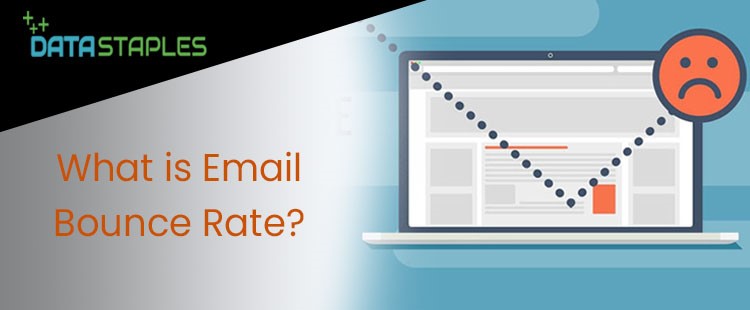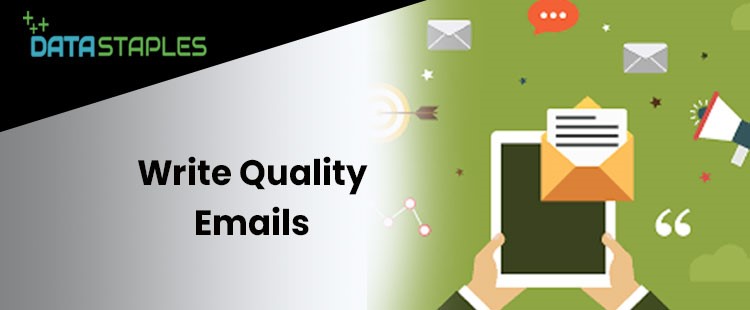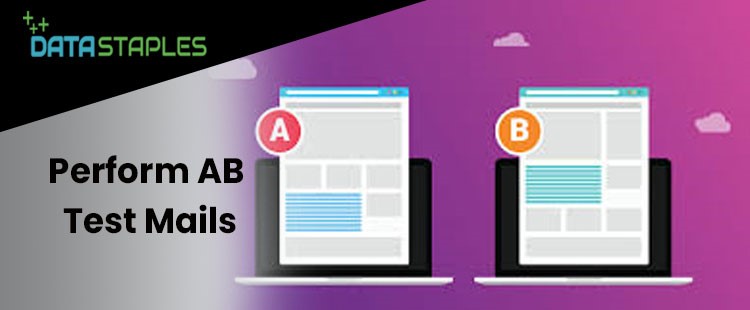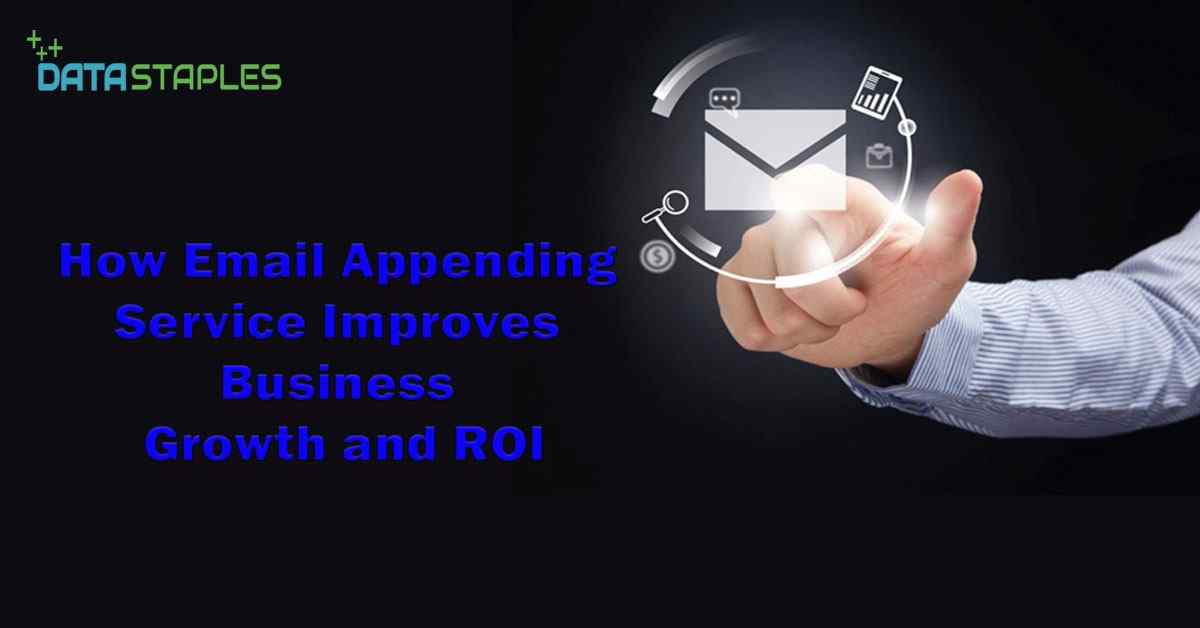
10 Proven Tactics To Reduce Your Email Bounce Rate
“There is no formula for the perfect email- authentic & honest messaging works”
Email marketing is one of the strongest marketing strategies which helps to connect B2B marketers with the target audience. It is one of the personalized ways to connect with a targeted audience to improve sales at an affordable cost. With advancements in marketing tools, email marketing has the ability to reach customers much easier in a short span of time. It is one of the effective ways to reach & engage with your audience.
Covid -19 pandemic has brought most tremendous change in the business plan, email marketing is one among them. And email is a big part of our lives as a professional & individual. A report by Radicati Group suggests that email is likely to go up by 4.3 billion by 2023.
First & foremost, you spend hours & days acquiring your potential target customer’s email address from Google or various trusted sources. After some time, withstanding the email marketing & efforts made to stay active is really tough. Email bounce rate is one such metric that needs to be modified over a period of time to make sure it is low. At this moment you may get a lot of questions pop into your head. Having a bounce rate close to 100% good or bad? If it is a fluffy metric in email marketing can this be ignored? Wondering you have not yet found a solid answer, then we are here to discuss more about it.
What is Email Bounce Rate?

The number of emails returned to the sender is often termed as email bounce rate. Percentage of people who land on a page & leaves are referred to as website bounce rate. It is just like a website visitor doesn’t click on anything. They just get to one of your pages & then leave. And one should understand email bounce rate is completed different from an existing rate.
What are the major reasons behind the email bounce rates?
- Invalid Email Address
- Domain Name
- Email Server
- IP Reputation
- Spam Content
Types of Email Bounce
Soft Email Bounce:
A soft email bounce describes temporary delivery failure where senders’ & receiver’s inbox is full or large.
Hard Email Bounce:
A hard email bounce describes a permanent delivery failure when an invalid email address, outdated domain & more.
Here we will discuss how to stop or altogether reduce the email bounce rate.
Using Permission Based Email List:

Avoid sending emails to someone from whom you’ve not taken permission. When your email list is compiled, make sure your subscribers are okay to receive your email. Compile an authentic & reliable mailing list with permission-based subscribers which will reduce your email bounce rate.
Keep your subscribers list updated:
All business email lists must be validated & verified over a specific period of time. Always keep your email list clean & updated by staying in touch with subscribers. However, don’t clean your email list from the first email campaign, instead of clean your email list every 45 to 60 days. Clean your email list regularly so that inactive or invalid email domains can be removed.
Segment Your Email Lists:

Segment your email list in such a way that you roll out a B2B campaign with the necessary information they want or need. By this, you can avoid email blacklist or movement of email to spam folders. Grouping most active and least active subscribers based on their response or engagement ratio. Segmenting the audience based on engagement helps you to retarget the audience with successful B2B campaigns with a reduced bounce rate.
Verifying Email Addresses:
One of the best & most important ways to reduce the email bounce rate is to verify collected email addresses. Before adding it to an email list, it must be verified & validated for reducing the email bounce rate. If the validation is not done at the entry level, it may be lead to a hard email bounce rate. With the advent of the internet or online tech tools, a wide variety of tools are available for email validation.
Be Consistent with your Emails:
More consistent with your email schedule, better the chance for reducing email bounce rate. When the email schedule varies, the a higher chance of your mail going into spam or junk. To eliminate this email marketing to be consistent, make sure the marketing campaign is regular.
Write Quality Emails:

All your content must be written in accordance with your audience. Also, make sure your receiver doesn’t mind reading it. The compelling healthy subject line, email content along with pictures, or visual content is highly recommended for B2B campaigns. If the content is not interesting or appealing higher chance of spoiling your reputation.
Don’t use Free Sender Domains:
All successful B2B marketing campaigns are sent from the owned email domains. Use owned domains creates trust amount prospects & allows them to collaborate with the brand effectively. Using free email domains may increase the higher chance of filtering the mail to the spam folder. Always use the business domain for all your promotional emails.
Perform AB Test Mails:

Some emails perform better than others. Try out key elements, such as subject line, email copy, CTA to determine which phrases get a high response. AB testing email works by the same email to two different groups of people. This allows you to measure which performs better & how.
Get consistent feedback from subscribers for any changes:
With the changing trends, we do change our email addresses often. So stimulate better way to get update to write email addresses of the prospect before adding it to your campaign list makes better sense. Moreover, this practice helps to keep your email list clean, healthy & encourages your subscribers to stay connected.
Use of mass Email validation tools:
Before proceeding with any B2B email marketing, it is mandatory for any marketing team to validate all email recipients with the bulk email verification tools. This allows B2B marketers to have a crystal clear idea about the campaign success rate how it can improve sales proportionally. This also paves the way to clear, incomplete or improper data from the email lists.
Conclusion:
Email bounce rate indirectly indicates irrelevant or confusing pages to website visitors. Analyze & track practical steps to examine the reason behind the bounce. If you’re in the idea of building your email list, then we are ready to help you with the best strategy that works for you. Being pioneers in email list providers, we compile our email list to make sure the email list is highly beneficial for your business.





